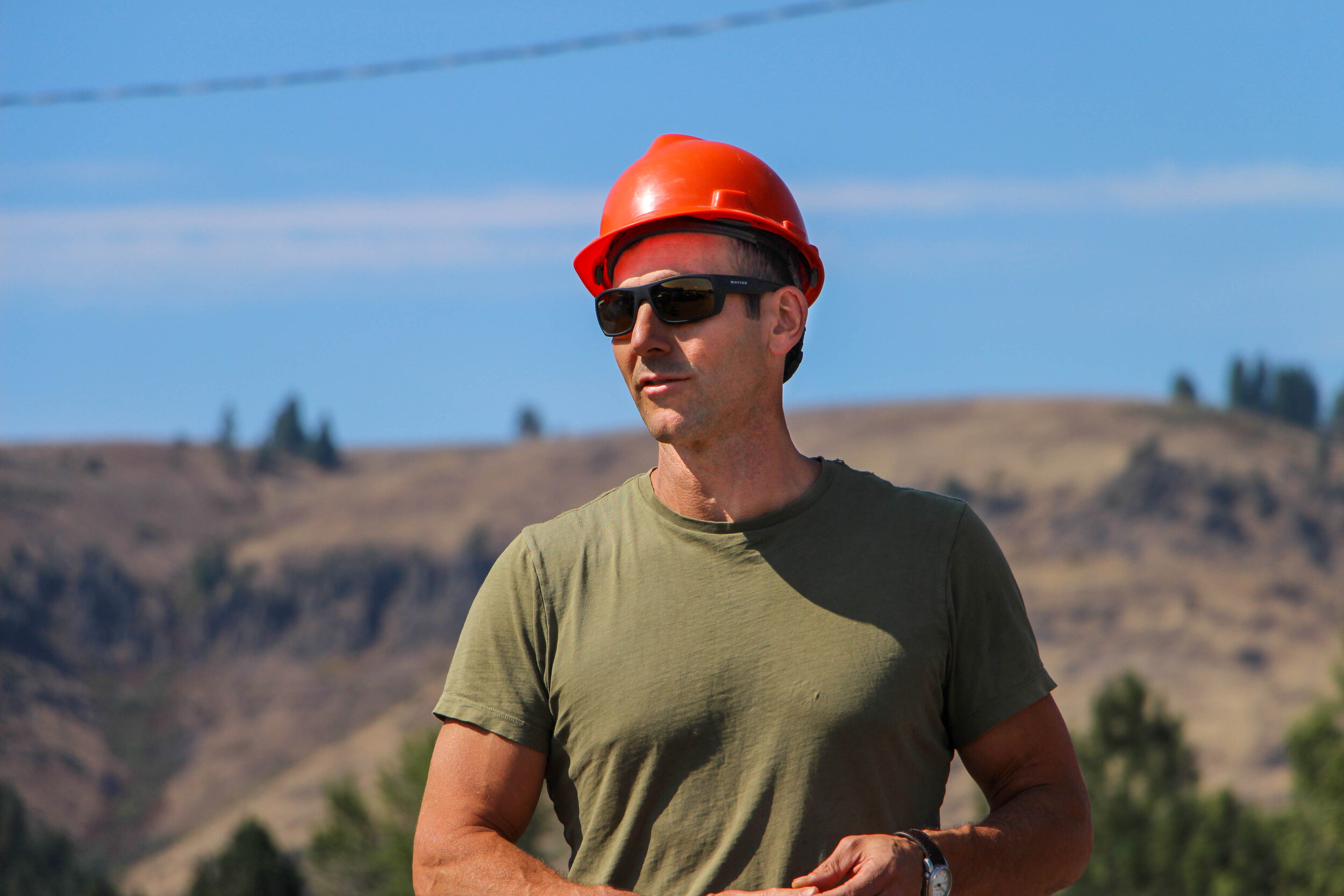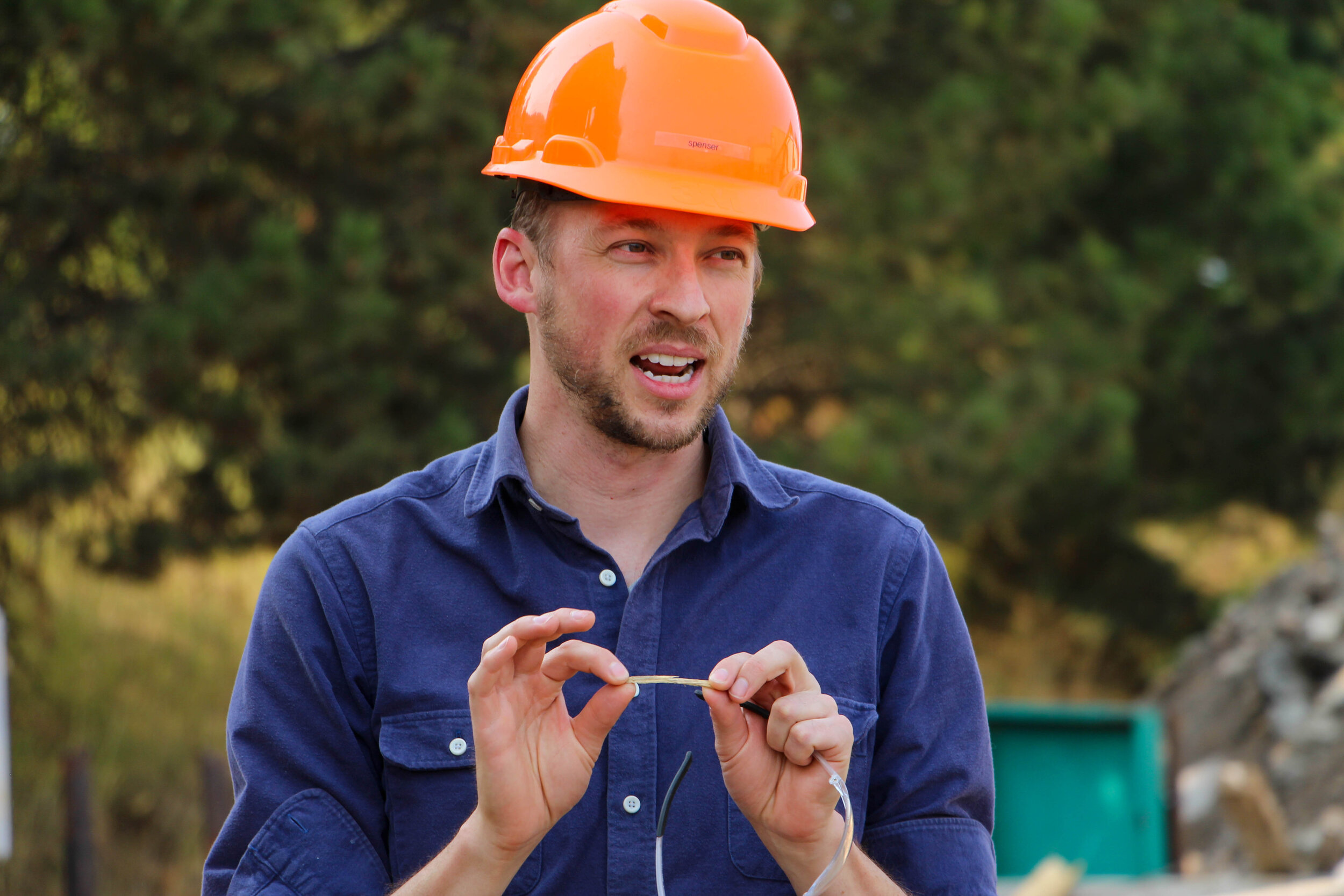Kerry Holcomb
Biologist, U.S. Fish and Wildlife Service
Mojave Desert, CA
11/12/21
Deep in the Mojave Desert, giant boulders are playfully stacked atop one another while Joshua trees tilt and dance in the mid-day sun. The scene fits better into a Dr. Seuss novel than a modern-day conservation story.
Amidst the fantasia, Kerry Holcomb, a biologist for the U.S. Fish and Wildlife Service (USFWS), proclaims, “you can’t do conservation if you ignore the human element.”
After moving from Appalachia to the desert, Kerry turned his focus to the endangered desert tortoise. At one time, desert tortoises were the dominant herbivores on the landscape, sequestering carbon and changing the mosaic of plant communities. But now, Kerry explains, “we have functionally extinct populations [of desert tortoises] in parts of the Mojave.” And he believes ravens are to blame.
Thanks to the advent of the air conditioner, non-native people started settling in the desert, and raven populations began to multiply rapidly. Ravens are generalists, meaning they can adapt to a wide range of ecological conditions. Ravens adapted well to their new food source at landfills and as their populations soared, they added the desert tortoise to their menu as well.
Both ravens and tortoises are holy to the Mojave and Chemehuevi people, but Kerry explains, “the Tribes see the dichotomy of the tortoise being higher than the ravens.”
In a desperate attempt to save the desert tortoise, the USFWS has resorted to oiling, which causes suffocation of raven eggs to diminish their population. But, with new houses popping up in the desert every day, Kerry recognizes that the desert tortoise has a human problem, not a raven problem.
By Josh Matz




